
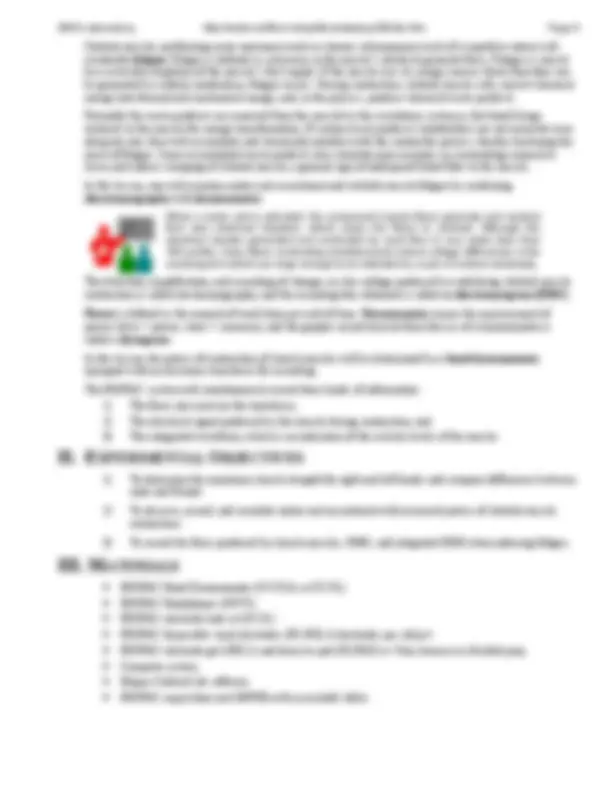
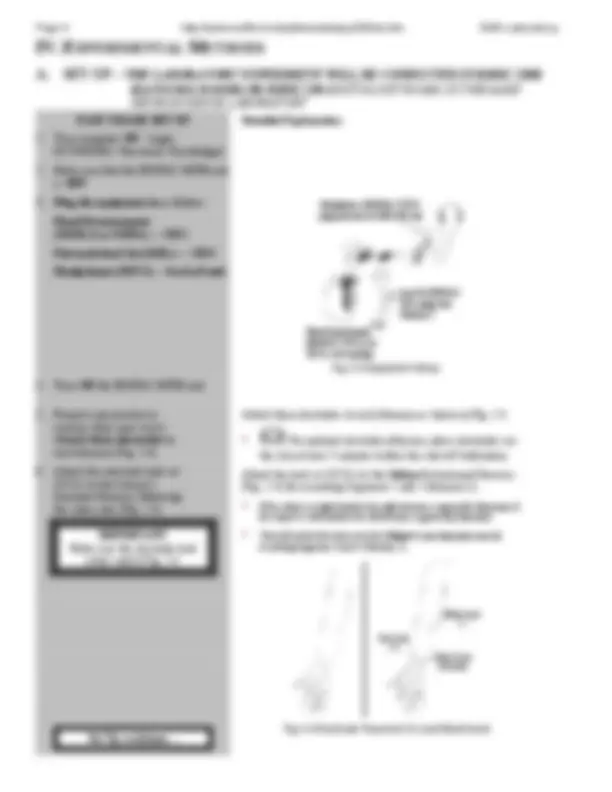
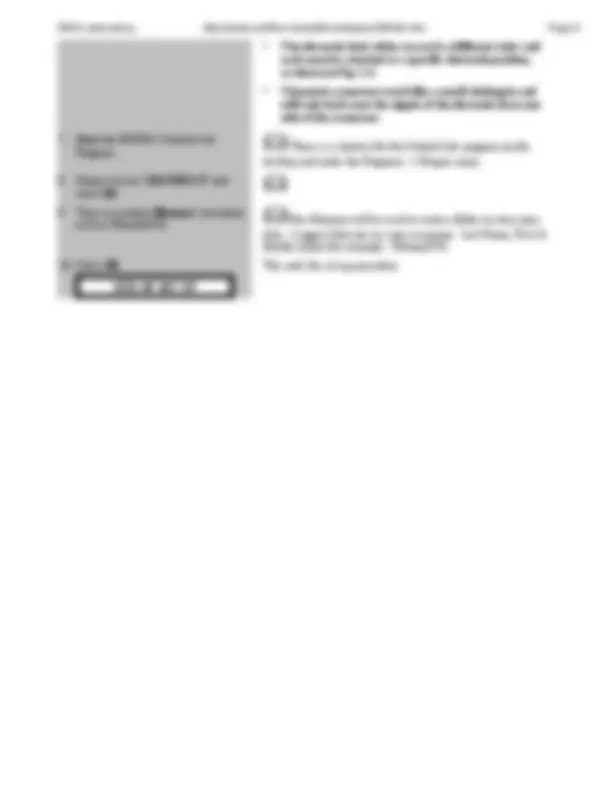
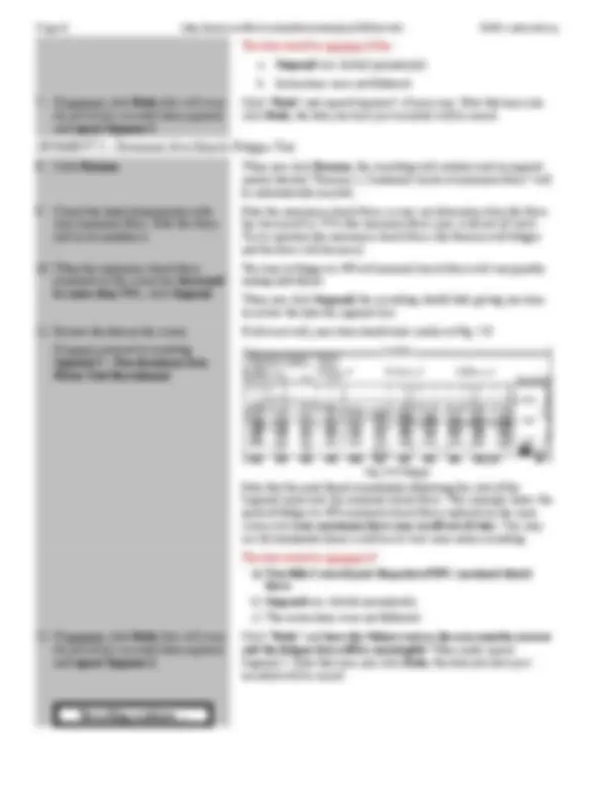
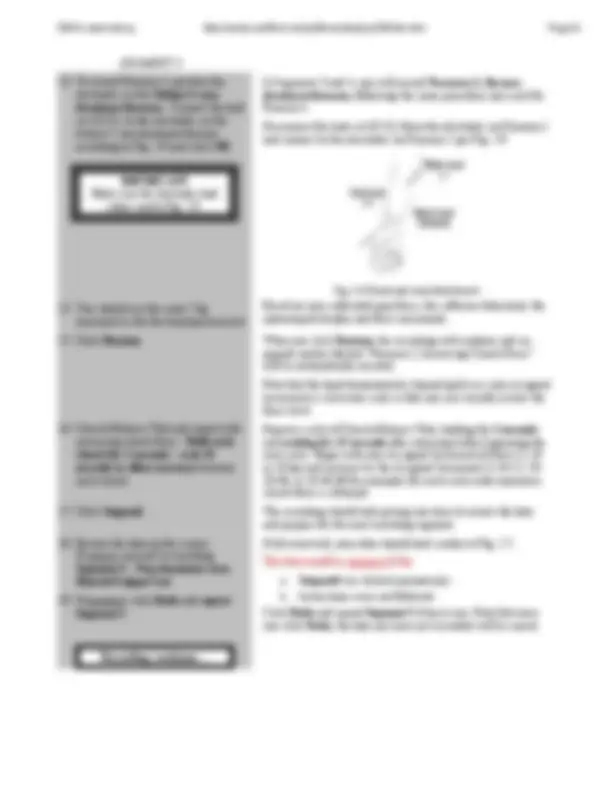
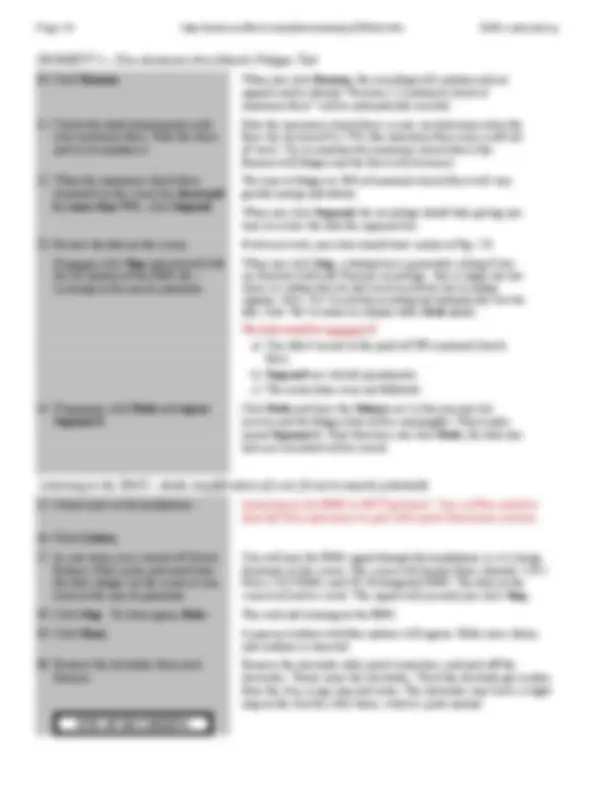


Study with the several resources on Docsity

Earn points by helping other students or get them with a premium plan


Prepare for your exams
Study with the several resources on Docsity

Earn points to download
Earn points by helping other students or get them with a premium plan
Community
Ask the community for help and clear up your study doubts
Discover the best universities in your country according to Docsity users
Free resources
Download our free guides on studying techniques, anxiety management strategies, and thesis advice from Docsity tutors
Material Type: Lab; Professor: Pittman; Class: Biological Psychology Lab; Subject: Psychology; University: Wofford College; Term: Unknown 1989;
Typology: Lab Reports
1 / 10

This page cannot be seen from the preview
Don't miss anything!







Associate Professor Indiana University School of Medicine Purdue University School of Science
Biologist BIOPAC Systems, Inc.
Vice President BIOPAC Systems, Inc.
Associate Professor Wofford College Department of Psychology
Manual Revision PL3.7.0 M3.0.6 080706 Modified by David Pittman 030107
42 Aero Camino, Goleta, CA 93117 (805) 685-0066, Fax (805) 685- Email: info@biopac.com Web: http://www.biopac.com
Page 2 http://webs.wofford.edu/pittmandw/psy230/lab.htm EMG Laboratory
Mechanical work , in the physical sense, refers to the application of a force that results in the movement of an object. Skeletal muscle performs mechanical work when the muscle contracts and an object is moved, as in lifting a weight. To lift a weight, your muscles must exert a force great enough to overcome the weight. If you exert less force, then the weight does not move (Fig. 2.1). Physiologically, skeletal muscle is stimulated to contract when the brain or spinal cord activates motor units of the muscle. Motor units are defined as a motoneuron and all of the muscle fibers that the motoneuron innervates. An action potential (AP) in a human motoneuron always causes an action potential in all of the muscle fibers of the motor unit. As a matter of fact, humans generally do not send just one AP at a time down a motoneuron. Instead, a train of APs is sent — enough to induce tetany (the sustained fusion of individual muscle twitches) in the muscle fibers of the motor unit. [A discussion of motor units and their control was presented in Lesson 1.] Most human skeletal muscles are composed of hundreds of motor units (Fig. 2.2). When a skeletal muscle is called on to perform mechanical work, the number of motor units in the muscle activated by the brain is proportional to the amount of work to be done by the muscle; the greater the amount of work to be done, the greater the number of motor units activated. Thus, more motor units are simultaneously active when a skeletal muscle lifts 20 kilograms than when the same muscle lifts 5 kilograms.
Fig. 2.2 Example of Motor Units The brain determines the number of active motor units required for a muscle to perform a given task by utilizing sensory information from stretch receptors in the muscle and associated tendons and joint capsules. For example, when lifting a bucket of water from the ground, the brain first activates several motor units in the requisite skeletal muscles. If sensory information returning from the muscles indicates the muscles are contracting but not developing adequate power to lift the bucket, the brain activates additional motor units until the sensory information indicates the bucket is being lifted. The sequential activation of motor units to perform a designated task is called motor unit recruitment. Once you have lifted a light object, the brain recruits approximately the same number of motor units to keep the object up, but cycles between different motor units. The muscle fibers consume stored energy available in the muscle, and generate a force by contracting. As the muscle fibers deplete this fuel source, more energy must be created in order to continue contracting. By recruiting different motor units, motor units can relax and replenish their fuel sources.
Fig. 2.
Page 4 http://webs.wofford.edu/pittmandw/psy230/lab.htm EMG Laboratory
FAST TRACK SET UP Detailed Explanation
Hand Dynamometer (SS25LA or SS25L) — CH 1 Electrode lead Set (SS2L) — CH 3 Headphones (OUT1) — back of unit
Headphones (BIOPAC OUT1) plug into back of MP35/30 unit
Lead Set BIOPAC SS2L plugs into CHannel 3 Hand Dynamometer (BIOPAC SS25LA or SS25L shown ) plugs Fig. 2.3 Equipment Setup
IMPORTANT Make sure the electrode lead colors match Fig. 2.4.
Set Up continues…
Attach three electrodes to each forearm as shown in Fig. 2.4.
the skin at least 5 minutes before the start of Calibration. Attach the lead set (SS2L) to the Subject’s dominant forearm (Fig. 2.4) for recording Segments 1 and 2 (forearm 1).
the subject is left-handed, the left forearm is generally dominant.
recording Segments 3 and 4 (Forearm 2).
White Lead (-)
Black Lead (Ground)
Red Lead (+)
Fig. 2.4 Electrode Placement & Lead Attachment
EMG Laboratory http://webs.wofford.edu/pittmandw/psy230/lab.htm Page 5
each must be attached to a specific electrode position, as shown in Fig. 2.4.
will only latch onto the nipple of the electrode from one side of the connector.
END OF SET UP
EMG Laboratory http://webs.wofford.edu/pittmandw/psy230/lab.htm Page 7
C. RECORDING LESSON DATA
FAST TRACK RECORDING Detailed Explanation of Steps for Recording Lesson Data
Based on your calibrated grip force, the software determines the optimal grid display and force increments. Check to make sure that you didn’t exceed 25kg of force and that your assigned increment in the journal window is 5kg : Force calibration Assigned Increment 0-25 kg 5kg TARGET Correct 25-50 kg 10 kg Incorrect redo Calibration
50 kg 20 kg Incorrect redo Calibration
Repeat a cycle of Clench-Release-Wait, clench and holding clench for 2 seconds and waiting for 15 seconds after releasing clench before beginning the next cycle. Begin with 5 kg of force and increase by the 5 kg (5-10-15-20-25 for example) for each cycle until maximum clench force is obtained.
¾ If correct, proceed to recording Segment 2 – dominant arm fatigue test.
Recording continues…
If all went well, your data should look similar to Fig. 2.7.
multiple peaks (indicating the clench cycles).
even force throughout the clench. You should have at least 2 seconds of relatively smooth plateau for each clench.
Fig. 2.7 Motor Unit Recruitment
Page 8 http://webs.wofford.edu/pittmandw/psy230/lab.htm EMG Laboratory
The data would be incorrect if the: a. Suspend was clicked prematurely. b. Instructions were not followed.
Click “ Redo ” and repeat Segment 1 if necessary. Note that once you click Redo , the data you have just recorded will be erased.
Note the maximum clench force so you can determine when the force has decreased by 75% (the maximum force may scroll out of view). Try to maintain the maximum clench force (the forearm will fatigue and the force will decrease).
The time to fatigue to 50% of maximal clench force will vary greatly among individuals. When you click Suspend , the recording should halt, giving you time to review the data for segment two.
If correct, proceed to recording Segment 3 – Non-dominant Arm Motor Unit Recruitment.
If all went well, your data should look similar to Fig. 2.8.
Fig. 2.8 Fatigue Note that the peak found immediately following the start of the Segment represents the maximal clench force. This example shows the point of fatigue to 50% maximal clench force captured on the same screen, but your maximum force may scroll out of view. You may use the horizontal (time) scroll bar to view your entire recording. The data would be incorrect if: a) You didn’t record past the point of 50% maximal clench force. b) Suspend was clicked prematurely. c) The instructions were not followed.
Click “ Redo ” and have the Subject rest so the arm muscles recover and the fatigue data will be meaningful. When ready repeat Segment 2. Note that once you click Redo , the data you have just recorded will be erased.
Recording continues…
Page 10 http://webs.wofford.edu/pittmandw/psy230/lab.htm EMG Laboratory
Note the maximum clench force so you can determine when the force has decreased by 75% (the maximum force may scroll out of view). Try to maintain the maximum clench force (the forearm will fatigue and the force will decrease).
The time to fatigue to 50% of maximal clench force will vary greatly among individuals. When you click Suspend , the recording should halt, giving you time to review the data for segment two.
If correct, click Stop and proceed with the last portion of the EMG lab – Listening to the muscle potentials.
If all went well, your data should look similar to Fig. 2.8. When you click Stop , a dialog box is generated, asking if you are finished with both Forearm recordings. This is simply one last chance to confirm that you don’t need to redo the last recording segment. Click “Yes” to end data recording and automatically save the data. Click “No” to return to a display with a Redo option. The data would be incorrect if: a) You didn’t record to the point of 50% maximal clench force. b) Suspend was clicked prematurely. c) The instructions were not followed.
Click Redo and have the Subject rest so the arm muscles recover and the fatigue data will be meaningful. When ready, repeat Segment 4. Note that once you click Redo , the data you have just recorded will be erased.
You will hear the EMG signal through the headphones as it is being displayed on the screen. The screen will display three channels: CH 1 Force, CH 3 EMG, and CH 40 Integrated EMG. The data on the screen will not be saved. The signal will run until you click Stop.
Remove the electrode cable pinch connectors, and peel off the electrodes. Throw away the electrodes. Wash the electrode gel residue from the skin, using soap and water. The electrodes may leave a slight ring on the skin for a few hours, which is quite normal.
END OF RECORDING